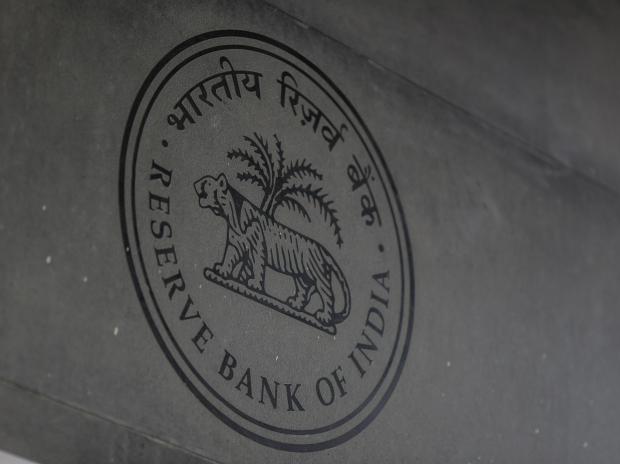The Reserve Bank of India’s structural models indicate average consumer price index (CPI) inflation at 5.2 per cent in the next financial year, lower than its forecast of 6.7 per cent for this financial year but above the target of 4 per cent.
“In Q4:2023-24, CPI inflation is projected at 5.2 per cent, with the 50 per cent and the 70 per cent confidence intervals at 3.5-7.0 per cent and 2.5-7.9 per cent, respectively,” the RBI said in its September 2022 Monetary Policy Report.
Addressing the media after the monetary policy statement (MPC) on Friday, RBI Governor Shaktikanta Das said that inflation would come down closer to the 4 per cent target over a two-year cycle.
For 2023-24, the RBI’s structural model estimates indicate real GDP growth at 6.5 per cent, lower than the 7 per cent forecast for the current financial year.
The assumption of 5.2 per cent average CPI inflation for the next financial year depends on a normal monsoon, normalisation of supply chains and no policy shocks, the RBI said.
Earlier on Friday, the MPC announced a 50-bps hike in the repo rate to 5.90 per cent to bring inflation back towards the central bank’s target. The RBI’s inflation target is 4 per cent with a flexibility of 2 per cent on either side.
While the MPC provided inflation forecasts till the first quarter of the next financial year in its statement, the longer-term estimates are provided in the monetary policy report.
CPI inflation is projected to average 6.7 per cent in 2022-23, 7.1 per cent in Jul-Sep, 6.5 per cent in Oct-Dec and 5.8 per cent in Jan-Mar, with risks evenly balanced. The price gauge is seen at 5 per cent in April-June 2023.
Going forward, the three-month and one-year ahead median inflation expectations of urban households have increased by 50 bps each in the September 2022 round of the RBI’s survey versus the previous round, the central bank said in the report.
“The proportion of respondents expecting the general price level to increase by more than the current rate also increased in both the three months and one year ahead horizons vis-à-vis the previous round,” the RBI said.
The forecasts on inflation are subject to many upside and downside risks, the RBI said. The upside risks include an intensification of geopolitical tensions, hardening global commodity prices including crude oil, a rise in international financial market volatility and longer-than-expected disruptions in supply chains.
With Russia’s invasion of Ukraine in late February exacerbating supply-side disruptions and leading to a sharp rise in prices of several global commodities, India’s CPI-based inflation has faced upward pressure.
The latest data showed that CPI inflation has remained above the RBI’s target zone for the first eight months of 2022, with the August inflation print at 7 per cent.
Elaborating on its 6.5 per cent estimate for real GDP growth for the next year, the RBI said in the report that the factors that could boost growth include a stronger-than expected expansion in demand for contact-intensive services. Rising capacity utilisation, an improvement in bank credit and healthier corporate balance sheets are other tailwinds to growth.
The downside risks stem from escalating global tensions, increased financial market volatility, sustained supply-chain roadblocks and a greater loss of momentum in global trade and demand, the RBI said.





GIPHY App Key not set. Please check settings